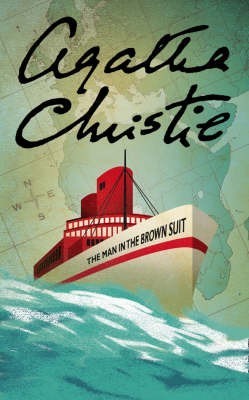 The Man in the Brown Suit by Agatha Christie
The Man in the Brown Suit by Agatha Christie Series: Colonel Race #1
Published by William Morrow on Feb. 10, 2010 (orig. published 1924)
Genres: Mystery
Pages: 324
Format: Kindle or ebook
Purchase: Amazon | Bookshop | Barnes & Noble | Chirp
Add to Goodreads

Also by this author: The Monogram Murders, Hercule Poirot's Christmas, Partners in Crime, The Moving Finger
The Man in the Brown Suit is Agatha Christie at her best, as a young woman makes a dangerous decision to investigate a shocking “accidental” death she witnesses at a London tube station.
Pretty, young Anne came to London looking for adventure. In fact, adventure comes looking for her—and finds her immediately at Hyde Park Corner tube station. Anne is present on the platform when a thin man, reeking of mothballs, loses his balance and is electrocuted on the rails.
The Scotland Yard verdict is accidental death. But Anne is not satisfied. After all, who was the man in the brown suit who examined the body? And why did he race off, leaving a cryptic message behind: "17-1-22 Kilmorden Castle"?
Not Christie’s finest
The Man in the Brown Suit is early Christie, and in my opinion, not one of her best. I had the feeling as I was reading it that Ms. Christie hoped to repeat the success of The Secret Adversary (one of my favorites); alas, The Man in the Brown Suit fails to live up to the earlier tale in a number of ways. While it’s entertaining, it’s also somewhat disjointed, and there are problematic elements due to its age.
To begin with, the novel is a bit of a hotchpotch of mystery and adventure, with elements of romance and spy trhiller thrown in for good measure. It’s a very long time before the disparate elements of the plot begin to draw together into anything resembling a coherent pattern. The main POV character, Anne Bleddington, has a tendency to make not-always-justified leaps of logic, sometimes without a sound evidential basis, which doesn’t help matters. In fact, both Anne and the reader are mostly in the dark for quite a while, and this is only exacerbated when Anne begins concealing certain facts and inferences from the reader.
Anne’s first-person account is rather fun to read, but is often interrupted by excerpts from the diary of another character, Sir Eustace Pedler. Initially, I found these interruptions rather annoying, but soon discovered that some useful information comes from them; and they are important to the overall plot. Readers should pay close attention to both narratives, but remain aware that both Anne and Sir Eustace are somewhat unreliable narrators.
In the end, Christie wraps everything up in true Christie fashion, tying the disparate elements together in a rousing climax. I must admit that I identified the murderer fairly early on, though given the author’s propensity for surprises, I kept my mind open to other possibilities.
One of the reasons the book disappointed me, besides the somewhat disjointed plot, is that I didn’t find Anne as engaging as Tuppence, the heroine of The Secret Adversary. While both young women are pragmatic and practical, Tuppence’s initial, somewhat mercenary outlook is soon discarded, revealing the plucky, loyal, and inherently kind young woman she truly is. Anne, on the other hand, seems more focused on adventure than justice; she is at once a little less sympathetic and a little more hardened than Tuppence. That said, there are good reasons for her personality and her behavior in her past. Anne is a strong-willed and clear-eyed young woman, with a propensity for getting her own way, sometimes through well-intentioned subterfuge. A lively intelligence, wry sense of humor, independent spirit, and eagerness for adventure are her her most attractive features, but I was never able to warm to her completely. Anne’s eventual love interest (a suspect for whom she falls instantly and somewhat unbelievably in love) is less well-drawn than the affable Tommy of The Secret Adversary; he is also less of a presence in the book overall: more of a secondary character than a co-protagonist.
My greatest quibble with The Man in the Brown Suit is that, at nearly 100 years old, the novel has not aged well at all. It is rife with the casual racism of colonial Britain, especially since nearly half the book takes place in Africa. Its attitudes toward gender and love are also problematic (not to mention distasteful), particularly when it comes to some of Anne’s comments about how women like to be treated by the men they love (which I can only describe as “abusively.”) To be sure, these issues arise in Christie’s other works, but I found them particularly grating in this book, where the setting, the plot, and Anne’s own character bring them more front-and-center than in many of Christie’s other novels.
I’m not sorry I read The Man in the Brown Suit. It’s entertaining, and it’s one of the few Christie novels I had not yet read. It also gave me some insight into the character of Colonel Race, who appears in several other books, always as a secondary character. But I won’t be adding it to my list of favorite Christie mysteries.
NOTE: Somehow, I neglected to add this book to my Goodreads “To-Read” shelf when I purchased the Kindle book in 2017. Normally, that’s something I do as a matter of course when I buy a book, especially if I have never read it before. For that reason, I’m counting this toward The Backlist Reader Challenge even though technically, I only added it to my Goodreads “To-Read” shelf in January 2022. I figure that being on my Kindle for well over 4 years counts as being on my TBR list!
Reading this book contributed to these challenges:
- COYER Seasons 2022: Winter
- Read Christie 2022
- The Backlist Reader Challenge 2022


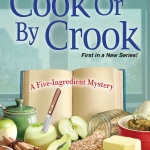
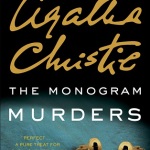

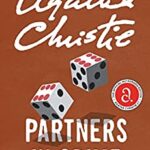
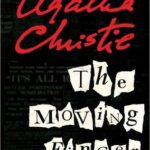
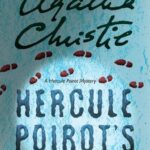












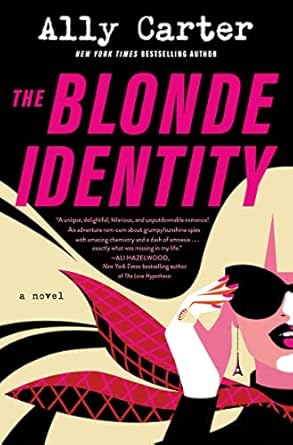
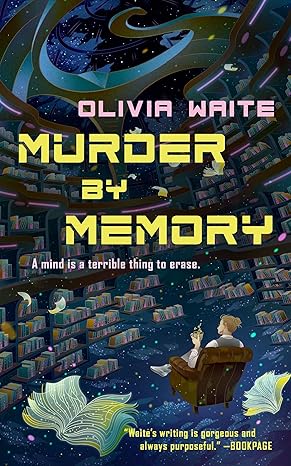
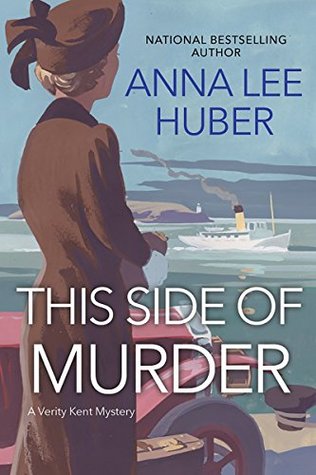
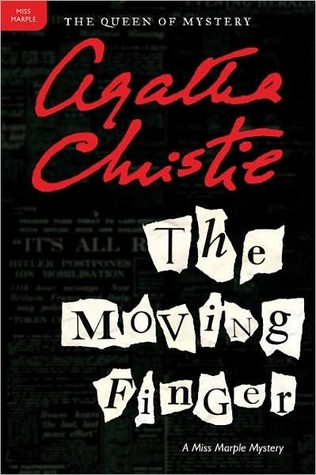
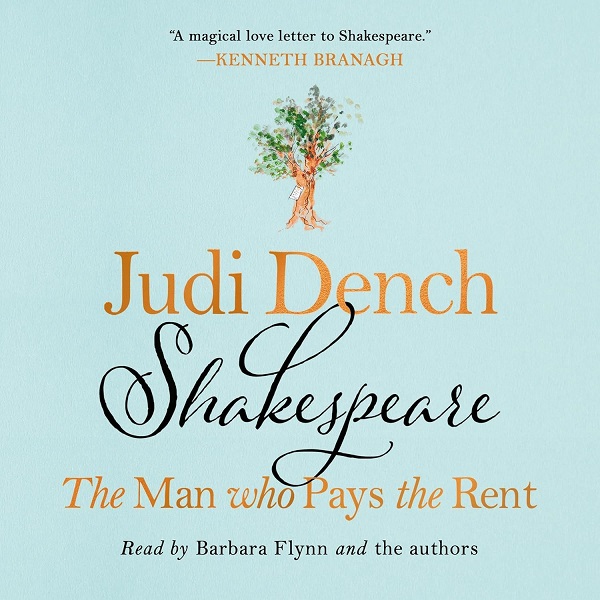
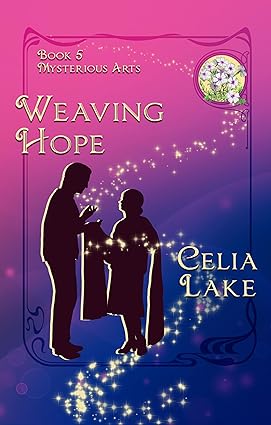
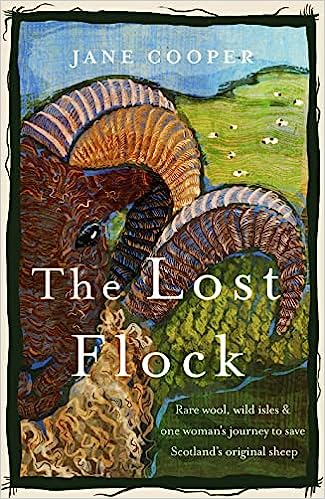
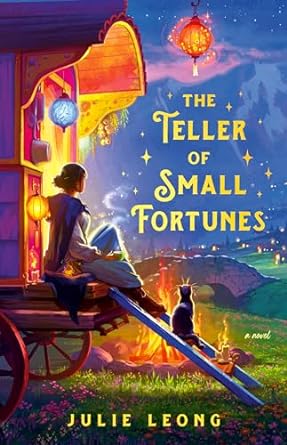
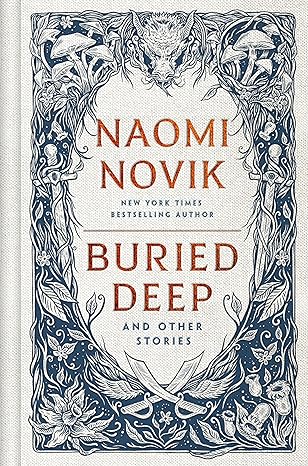
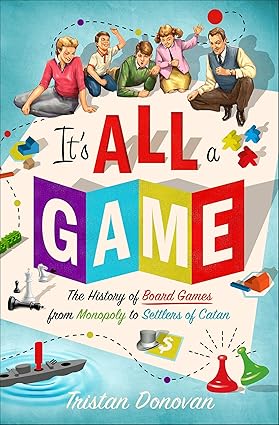
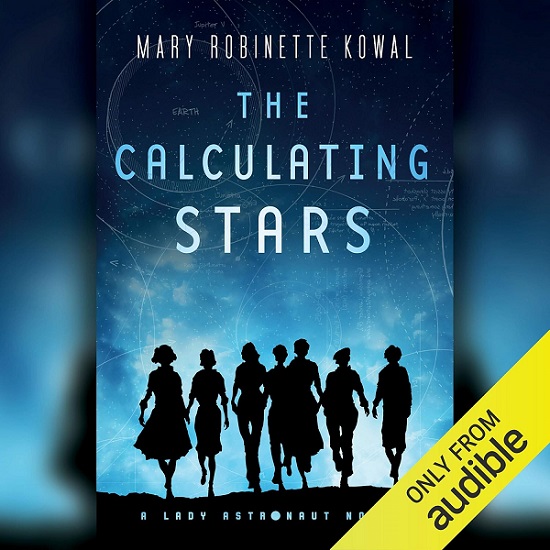
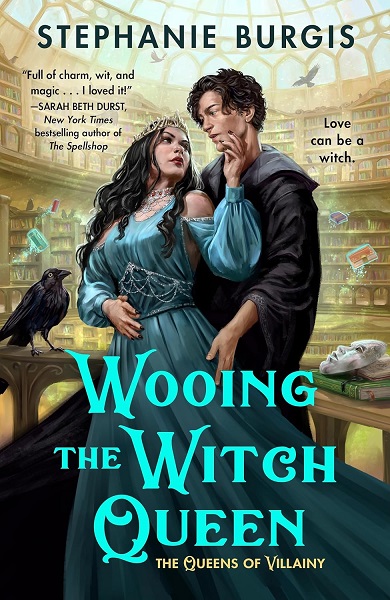
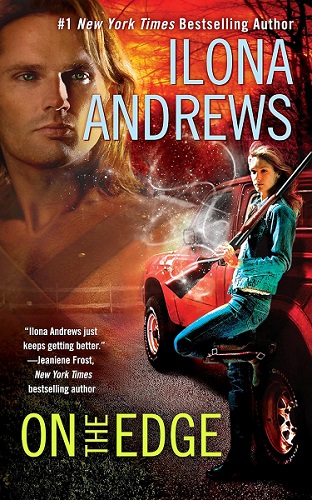
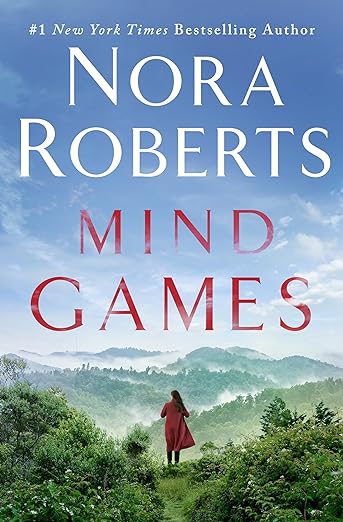
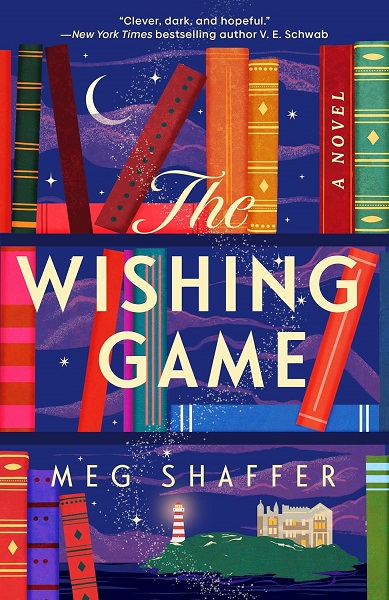
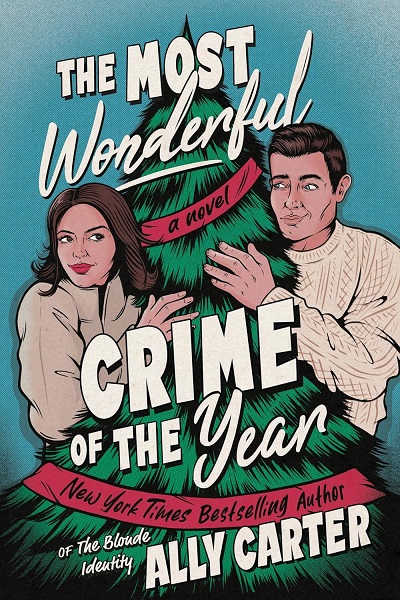
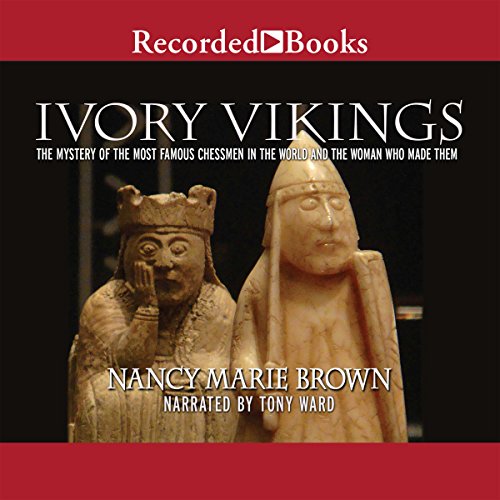
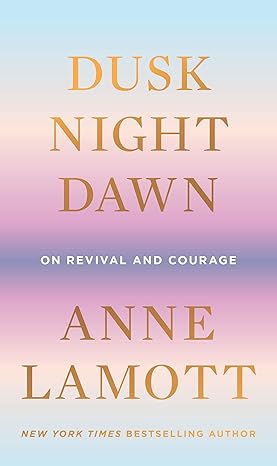
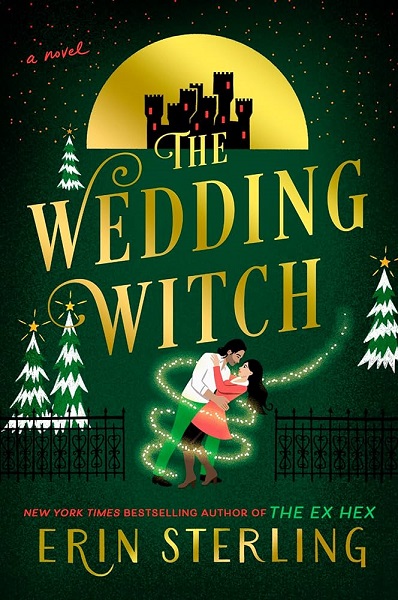

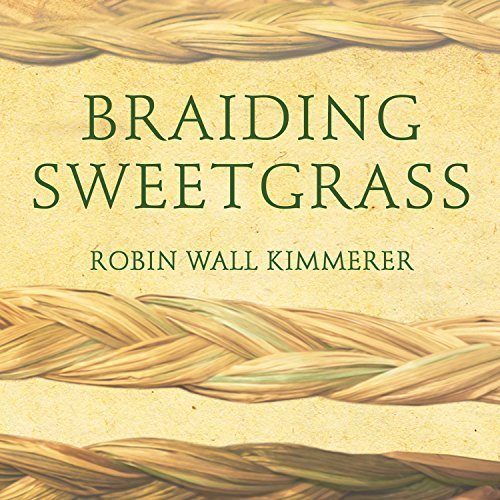
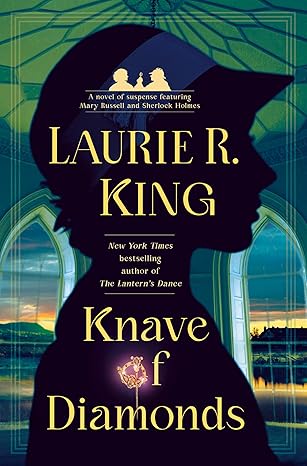






Katherine
The Man in the Brown Suit is definitely not her best but I do enjoy it as I can kind of feel Christie behind the scenes experimenting with the ending. I think my feelings about The Secret Adversary are shaded by my dislike of Postern of Fate which is the last Tommy and Tuppence book and in my opinion her worst.
Lark_Bookwyrm
I agree; it feels a bit like Christie is still experimenting in The Man in the Brown Suit.
I don’t care for Postern of Fate, either. But I love The Secret Adversary! The short stories in Partners in Crime are fun, too, and N or M is good. But when I reread Tommy & Tuppence, I never reread Postern of Fate.
Nicole @ BookWyrm Knits
I haven’t even heard of this one before, much less read it. She wrote so many books! I think, though, that I’ll pass on this one for the foreseeable future. There may come a time when I decide to read it in order to read all of Christie’s work, but for now the casual racism and unpleasant attitude toward relationship abuse are a hard pass for me.
Nicole @ BookWyrm Knits recently posted…Book Review: The Ten Thousand Doors of January (Alix E. Harrow)
Lark_Bookwyrm
It’s not one I would recommend as one of her best. She wrote plenty of other books that are much more worth your time. 🙂
Nadene @Totally Addicted to Reading
I never knew of this one.
Lark_Bookwyrm
As a standalone, and one with some problematic attitudes, it hasn’t gotten get as much attention in the last 30 years as some of her other books have continued to get.
Anne - Books of My Heart
I have enjoyed reading all the Agatha Christie novels but it is true there are attitudes which are distasteful today. Reading is learning and that is another form. I do like the mysteries.